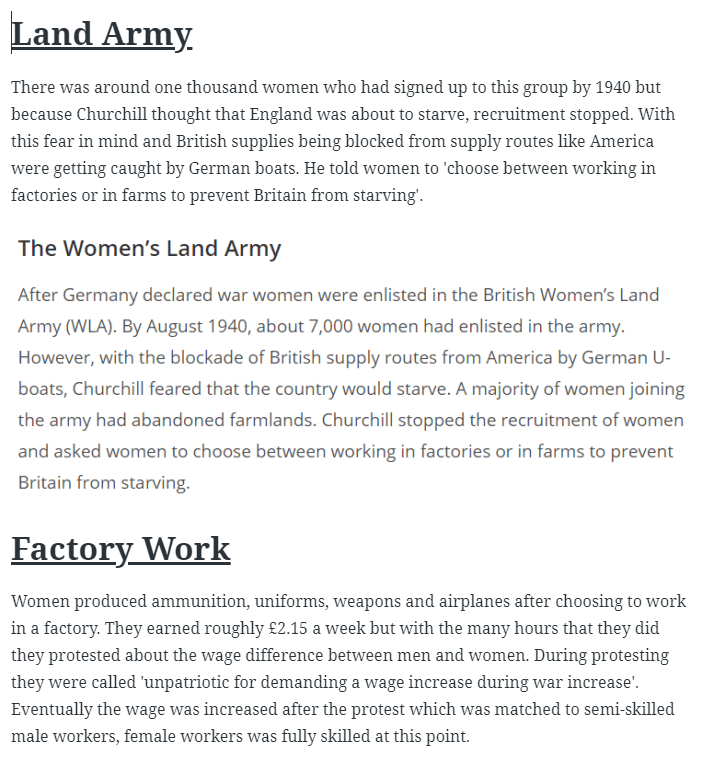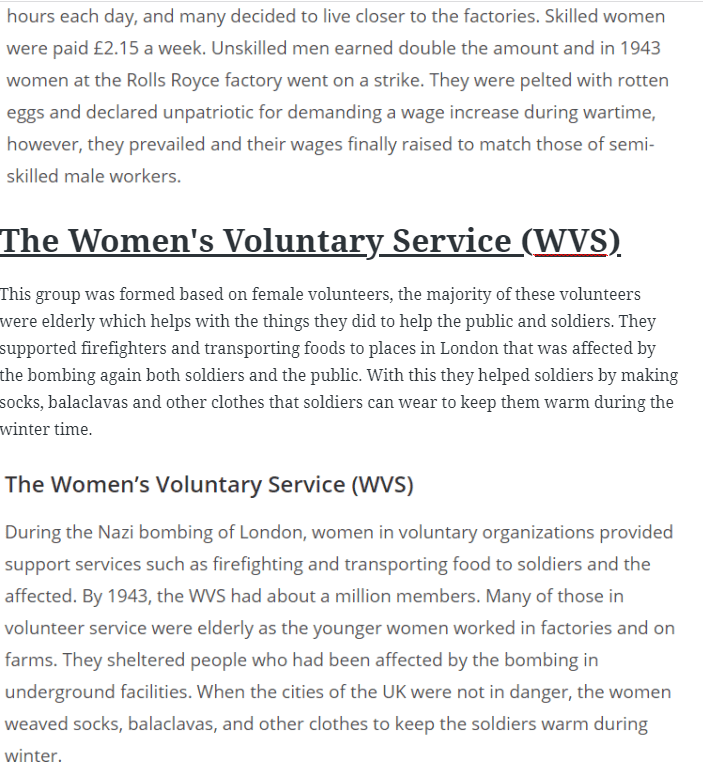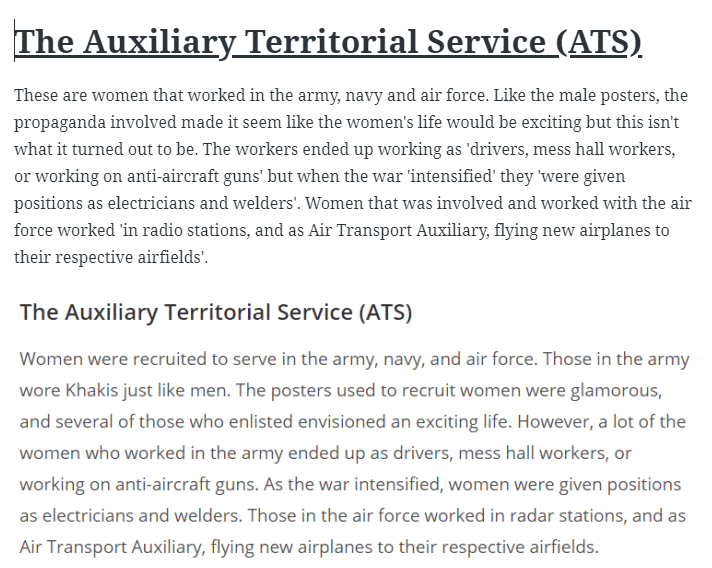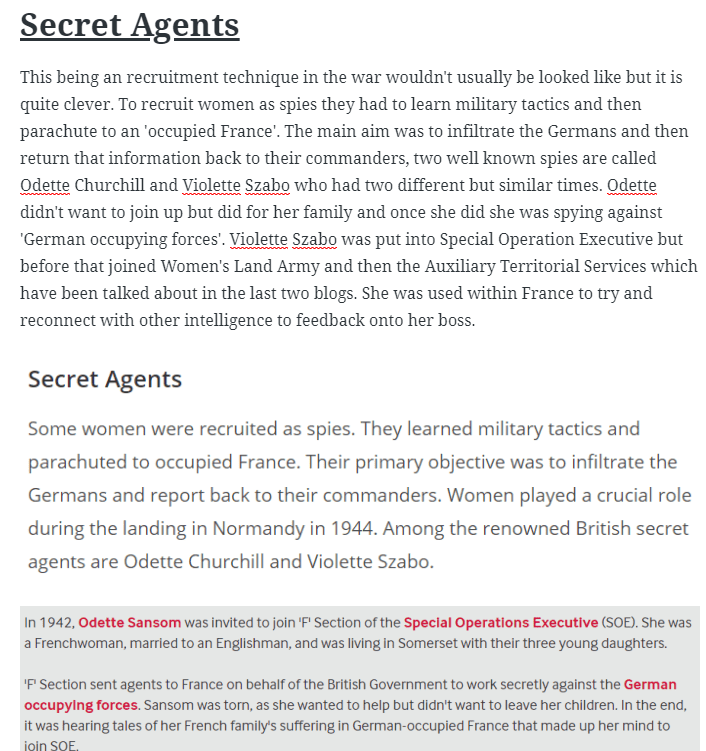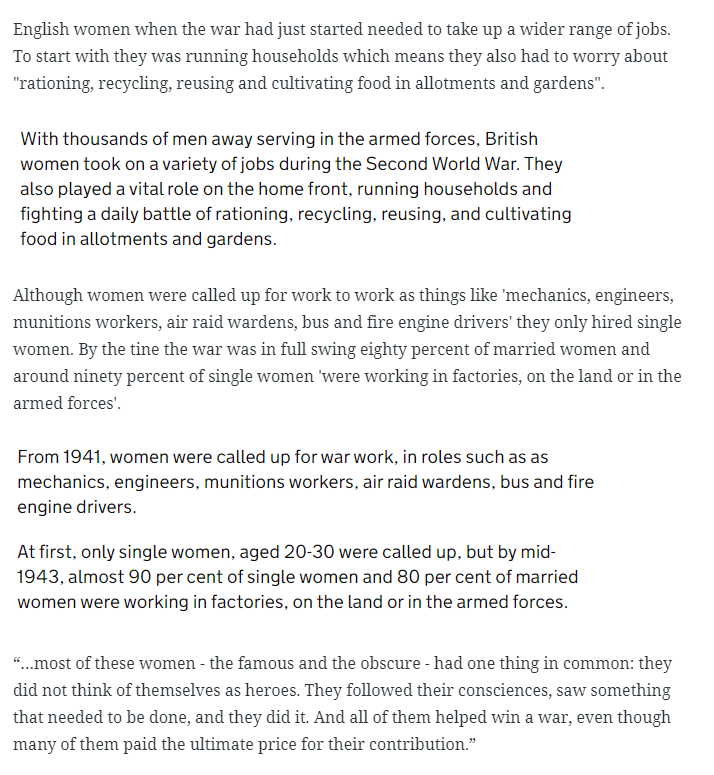Remembrance Sunday was an important event that I needed to get to get as many shots as possible that is relevant to the questions I’m going to ask my interviewee. The first clip wasn’t that great based on the position in which I stood at but also where the sun was early that meaning making the shot over exposed. I liked the clip because the parade was walking towards the camera but also shows expressions and other stuff more clearer.
The second clip was of the parade walking towards the stature of names and people that were lost to both wars. The problems I have with this clip is that a person is stood to far in on the screen so within my edit I am going to remove the arm so the audience watching the documentary is distracted by the person moving. I am also going to edit part of the section black and white to try and bring an older feel to the video with the voice-over too.
To match that for photojournalism I grabbed a few pictures of the wreaths which had many different respectful comments of remembrance on them. These pictures didn’t come out too bad, there was a few people included which I will cut out within the edit. Furthermore within the edit and change thinks like vibrance, brightness/contrast and so on.
